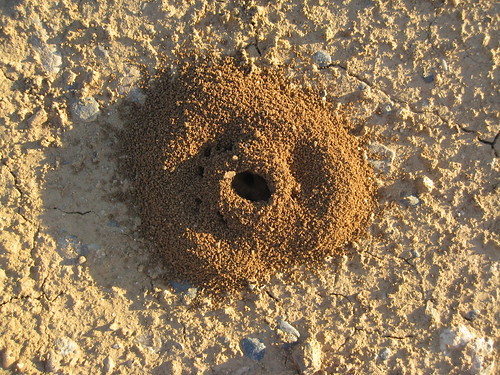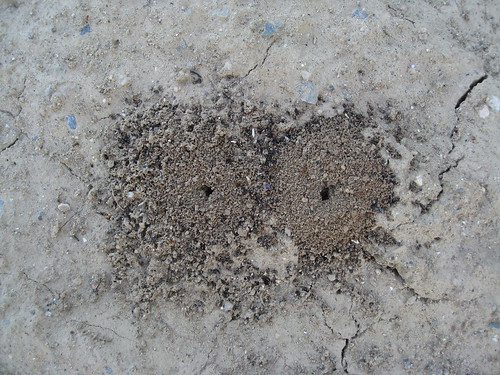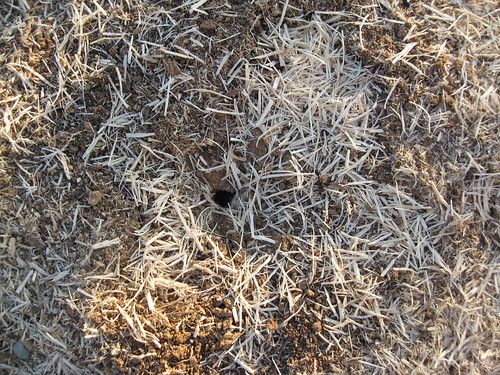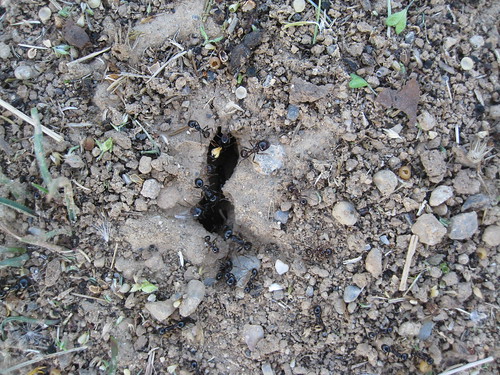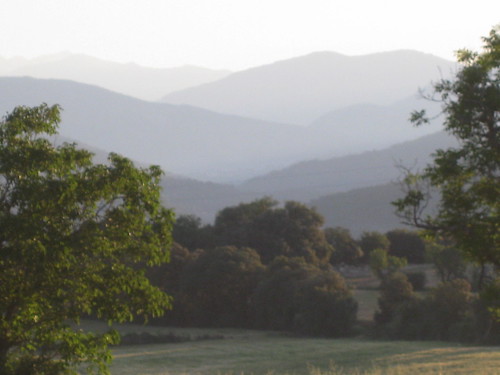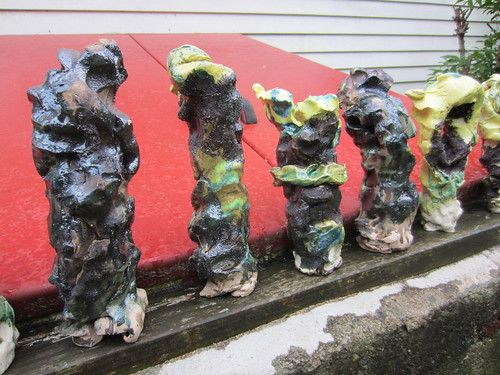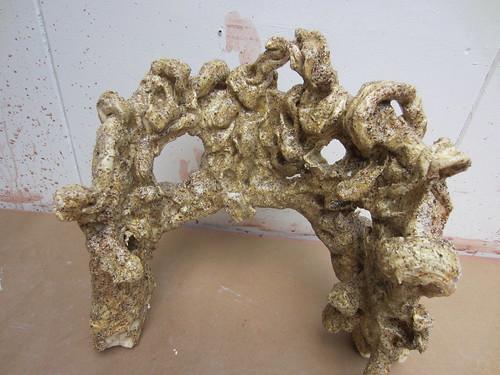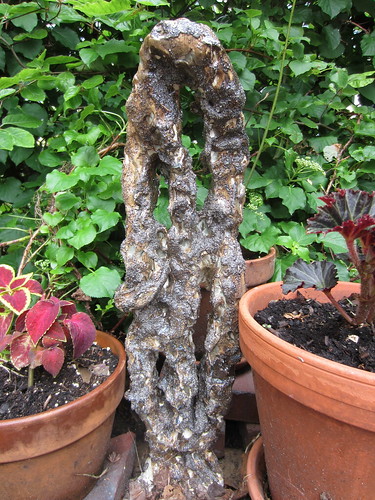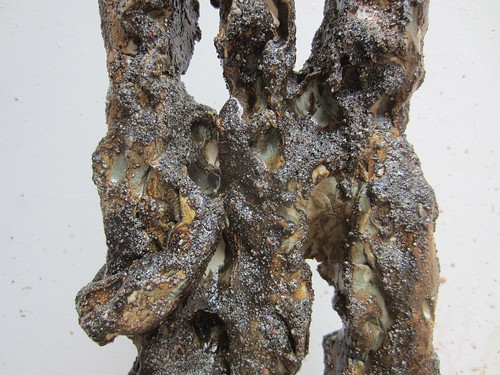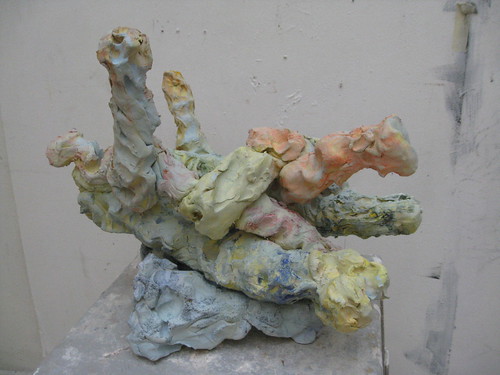I got to pondering about an old question while I was there. "What's real and what's not?" Seems like kind of a junior high- or high school-age kind of question and it surprised me to find myself in the middle of this thought at my advanced age!
Depending on the day, there is art that delights and art that frustrates. Art that soothes and art that angers. Art that engages and art that you can't stand to spend a second on. Art endeavors that seem "real" and those that seem like "fakes." Maybe it's the fact that art is a human construct. We may accept or reject what the artist has constructed because it rings "true" or not in our own eyes. I can't quantify it but if you have spent a long time looking at art you may know what I mean. And you may agree that it depends on your mood. But there do seem to be trends. Some stuff is worth looking at and some isn't.
I wonder about this in terms of my own art practice too. I know what I want to accomplish and I know what I want to "get" out of doing art. Considering construct, it's very much a person one. But why not continue along with what seems authentic to me? Acknowledging all the while that "authenticity" is a subjective concept.
This may in a sense hold the key to why I went into science. Looking at a rock, a stream, a flower, a lichen, or a leaf is real. Ant hills, like the pictures I'm showing here today, are real. They are constructs, similar in some way to human constructs but in other ways, quite different. They are the interaction between insects and their physical environment, insects and their community, a product of evolution. Yes, evolution icludes mimicry and camouflage and so on, but there's no fakery. The natural world, animate or inanimate, is present as a fact. So after many years of considering and seeking what I'll call "authenticity" in my own life, the chance to look at and analyze nature once I moved to Alaska, and the opportunity to pursue the study of nature that came later seemed like an almost flawless way to stay on track with what's real.
Later of course I found out that in the practice of science, and in the broader academic community, there's lots of posing, posturing, herd instinct, self-promotion, and, well, fakery. Not that it's all that way, but there's plenty of it.
So I guess similarly as I walk through the halls of a great museum I can muse on what strikes me as authentic vs. inauthentic. Where human endeavor is concerned there's room for both.
